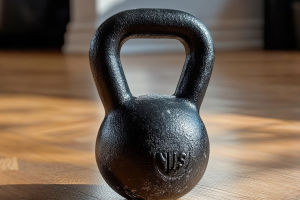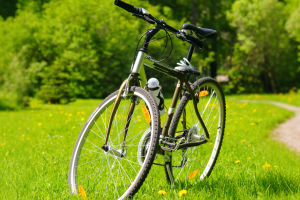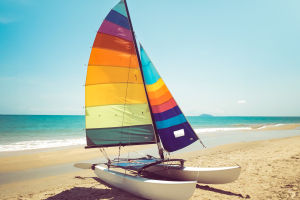We all know surfing is cool, adventurous, and totally free-spirited. But did you know it didn't even start as a sport?
Let's take a ride through time and explore how surfing truly began—and how it turned into the thrilling activity we love today.
Surfing: It wasn't always for fun
Way back in the day, long before surfboards were a thing, people in Peru were already gliding over water using little reed boats called caballitos de totora. They stood on these boats to fish, not for fun—but it kind of looked like surfing.
Then over in Hawaii, locals weren't fishing—they were waiting for the waves to roll in, riding specially shaped wooden boards just for the fun of it. That's when surfing started becoming less about survival and more about skill, balance, and connection with the ocean.
From Polynesia to the world
Surfing has roots that go back more than 500 years in Polynesia. When British explorer James Cook reached Hawaii in 1778, he witnessed this wave-riding culture. Sadly, when colonizers came in, traditional Hawaiian customs (like surfing) were suppressed. Cook himself was later killed by the locals, and for a while, surfing nearly disappeared.
But good waves can't be kept down. By the 20th century, tourists and U.S. troops stationed in Hawaii started showing interest in surfing. Thanks to Hawaiian Olympian Duke Kahanamoku, the sport took off in California and Australia during the 1950s and 60s—and it never looked back.
Surfboards: From wood to high-tech
In the early days, surfboards were heavy planks made from solid wood. Some were up to 4 meters long! But modern surfboards are sleeker, lighter, and designed using materials like fiberglass and polyurethane foam. Even NASA engineers have helped shape today's high-performance boards.
Now, boards range in size and style. Some are short and sharp for quick tricks. Others are long and smooth for that classic, flowy feel.
Here are the basics:
• Shortboards: 5–7 feet
• Funboards (hybrid): 7–9 feet
• Longboards (Malibu style): 8–12 feet
Modern moves: Surfing like a pro
Every surfer starts with the basics. Here are a few must-know moves:
• Take Off: The moment you pop up from lying to standing on your board.
• Bottom Turn: First turn you make to ride along the wave instead of being swallowed by it.
• Cut Back: A sharp turn that brings you back to the breaking wave.
• Reentry: Hit the wave crest, spin 180°, and ride back down.
• Floater: Glide over the foamy part of a breaking wave.
• Tube: Ride inside the curl of a wave. Surfer's dream move!
• Aerials (Air): When you launch off the wave into the air.
• 360° and Snap: Flashy spins and snappy turns that add style and thrill.
Let's talk waves
Not all waves are made for surfing. The best ones break just right—forming a long, sloping wall you can ride.
Here's the wave vocabulary we surfers use:
• Wall: The rideable face of the wave.
• Lip: The top edge that curls and crashes down.
• Shoulder: The part of the wave still forming—great for turns.
• Gap: Hollow zones that give you speed.
• Tube: The dream tunnel every surfer wants to ride inside.
• Crest: The very top of the wave.
Different wave types give us different experiences. And based on that, surfers choose their boards, styles, and moves.
Surfing today: From Peru to Pichilemu
Today, surfing is everywhere—from Southern Europe and the U.S. to Chile and Peru. Places like Punta de Lobos and Iquique in Chile are world-famous for their perfect waves. And the gear? Whether you go custom or pick up a ready-made epoxy board, the options are endless.
So Lykkers, ready to catch your first wave?
Whether you're dreaming of standing on a longboard in calm waters or flying through the air on a shortboard during a big swell, just remember—you're part of something ancient and beautiful.
If you've ever felt the pull of the ocean, maybe it's because surfing is already in your soul. Would you give surfing a try? Or maybe you already have? Let us know your wave story! 🏄♂️🌊


